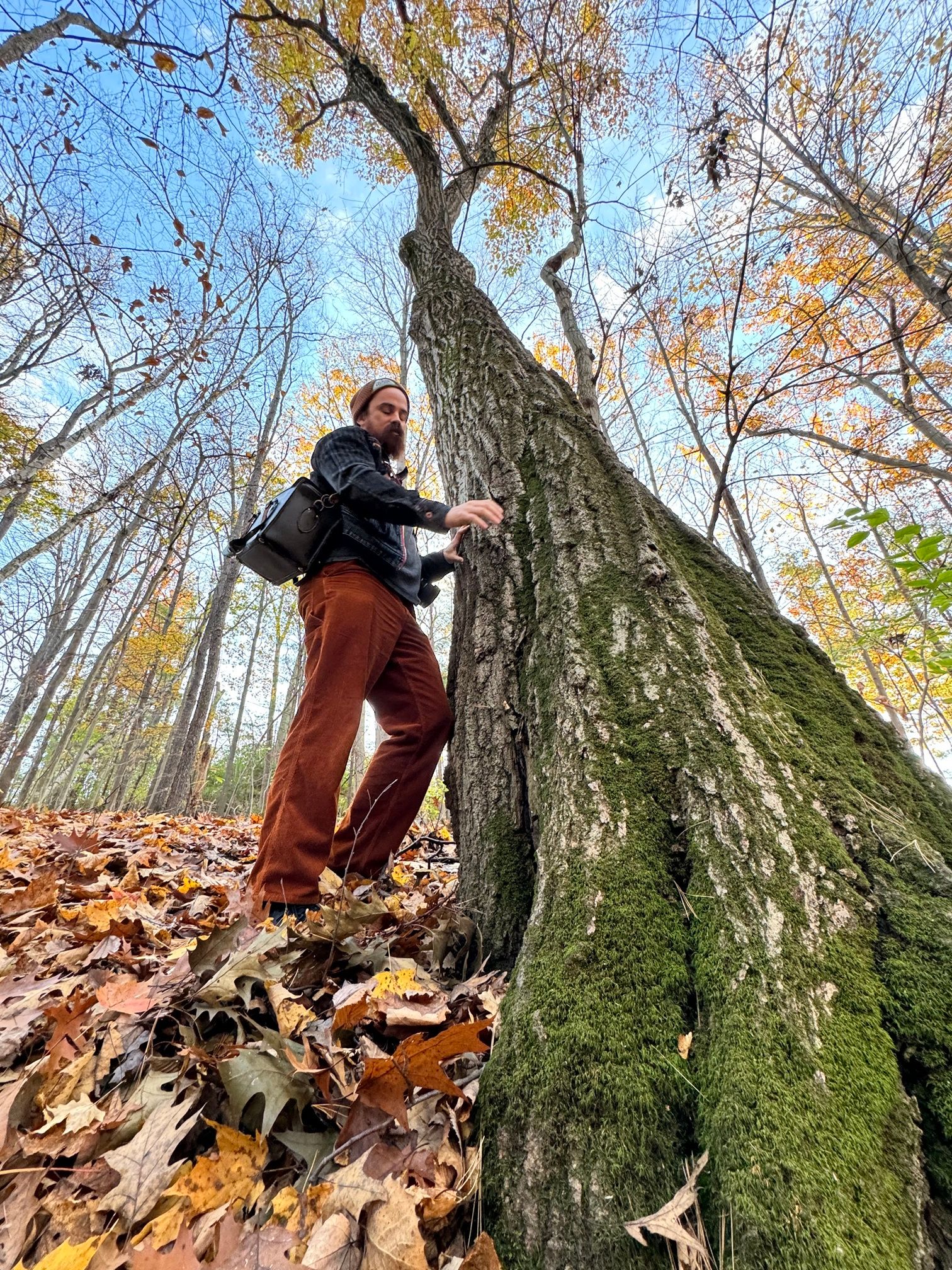
Construction projects often involve working near trees, which serve as essential assets to the environment and the community. Developers and contractors rely on arborist construction inspections to protect trees from potential damage during construction and to comply with local regulations. These inspections provide the guidance needed to minimise harm to trees while maintaining project timelines. In this blog, we explain the purpose of Arborist Construction Inspections and highlight best practices that help developers and property owners integrate tree preservation into their construction efforts.
Primary points
- Arborist site inspections are an essential part of the construction permitting process.
- Understanding local regulations helps ensure compliance and avoid penalties.
- Arborists use specialized tools and techniques to evaluate tree health and safety.
- Effective pre-assessment planning can simplify the inspection process and improve outcomes.
The Need for an Arborist Site Inspection Prior to Construction
On-site visits to proposed construction sites are required under urban forestry tree regulations in many urban areas under municipalities. The arborist who conducts these site assessments brings their expert knowledge about the biological needs of trees and how to manage their health and well-being. It’s an essential element in striking a balance between the ecological, social, and aesthetic values contributed by the urban forest and the economic development and personal property rights of the community.
The purpose of the site visits is to identify valuable trees that need to be safeguarded and preserved and identify trees that may be hazardous during construction and require removal.
Why do we protect trees?
Trees offer many benefits to the urban environment. For starters, they help to keep the ecological balance in check by preserving older trees that offer shade, a home for animals, and aesthetic appeal. Additionally, they lower the chances of tree-related accidents, which can be both hazardous and expensive.
What does an arborist do during a site inspection?
Arborists identify the locations, conditions, and stability of trees on a construction site. The main goal of these inspections is to make sure that trees are protected during construction and continue to be healthy and viable after the construction project is finished.
When conducting an inspection, arborists look at a variety of things, including the structural soundness of trees, any possible dangers, and how construction work might affect the trees. This evaluation assists in making educated choices about which trees to keep, which to get rid of, and how to reduce any potential hazards.
By identifying which trees are to be preserved and which are not, construction teams can avoid accidents and damage. Protecting healthy mature trees can greatly increase the value and attractiveness of a property.
Moreover, arborist inspections help ensure that local regulations are met. Many cities have stringent rules about tree preservation, and failure to comply with these can lead to heavy fines and delays in the project. By getting an arborist involved early in the process, construction teams can ensure they meet all the necessary legal requirements.
What Happens During a Site Inspection?
Arborist site inspections are a methodical procedure to provide a thorough assessment of the site’s trees and offer useful recommendations for the construction crew.
Planning before the assessment
Before the inspection, the arborist collects all the necessary information about the site, such as site plans, construction schedules, and past tree assessments.
In this step, the arborist will determine which trees need to be checked based on their location, size, and species. This planning makes sure that no important trees are missed.
On-site inspection process
On-site, the arborist examines every tree on the property and collects data about the species, diameter, condition, structure, and defects or hazards.
Each tree is documented with notes and photographs to keep an accurate record.
Understanding Rules and Regulations
Builders and property owners need to understand and comply with local rules and regulations during arborist site inspections. This knowledge ensures that construction projects do not unintentionally break any tree protection laws.
Getting to know your local laws
Local laws can differ greatly, so learning the specific laws in your area is important. These laws often dictate which trees can be removed, how many replacement trees are required, preservation methods, and the penalties for not following the rules.
Arborists must maintain a close working relationship with local authorities to stay current with the latest information. This cooperation can help avoid confusion and guarantee that all required permits and approvals are secured before the start of construction.
Consequences of non-adherence
Not adhering to local regulations can result in severe repercussions. Projects that do not follow tree protection laws can be subjected to fines, work halts, and even legal lawsuits. These penalties can cause significant construction delays and cost overruns.
Construction teams that make compliance a priority can avoid these problems and contribute positively to the community and environment.
Examples of Arborist Inspections Done Right
Tree preservation requires thoughtful planning and careful execution. Proper planning and execution can help you achieve great results without sacrificing the economics of the project.
Arborists can help by suggesting measures to protect the health of the trees during construction.
For example, in one suburban development project, the arborist’s proactive approach helped identify potential hazards early on. This allowed for timely interventions that saved a 200-year-old oak tree and ensured the site’s safety. This tree became a central feature of the development, increasing its attractiveness and worth.
Protecting trees
Arborists play in balancing the needs of development with the preservation of the environment.
Practices like protecting the root zone, pruning with care, and keeping an eye out for signs of stress are all key to keeping these important trees healthy. Arborists do these things to ensure trees continue growing and thriving for future generations to appreciate.
Striking a balance between development and environmental conservation
Striking a balance between development and environmental conservation can be tricky, but it is not impossible. Arborists are instrumental in this endeavour, offering expert advice and solutions that allow construction projects to continue without sacrificing the health of the environment.
Arborists work closely with construction teams and follow strict guidelines to make sure that development and nature can live together. This creates a sustainable and balanced environment.
Common Questions
Why are arborist site inspections important?
Arborist site inspections assess the health and safety of trees within a construction site. These inspections are designed to pinpoint potential risks, gauge the effects of construction activities on trees, and formulate strategies to conserve and safeguard valuable tree resources.
As a result, arborists help to avoid accidents, ensure adherence to environmental laws, and increase the overall worth of the project.
What credentials does an arborist need?
An arborist should have the necessary certifications and experience in tree care and management. The International Society of Arboriculture (ISA) Certified Arborist credential is a common qualification.
Furthermore, arborists should bring hands-on experience in performing site inspections, evaluating tree health, and devising preservation strategies. Their knowledge guarantees that construction projects can efficiently harmonize development requirements with environmental conservation.
What is the role of arborist inspections in securing project approvals?
Arborist inspections and reports are required to secure construction project approvals by demonstrating compliance with urban forestry tree protection regulations. It is an integral part of the permitting process in many communities.
Construction teams can improve their success in the permit approvals process by proactively addressing tree protection issues in their plans.
What should be included in an arborist’s final report?
The arborist report will include a detailed evaluation of the trees on the site, including their health, structural integrity, and potential hazards. The report will also include recommended preservation and mitigation measures, such as root protection zones, pruning, or removal of hazardous trees.
Arborist construction site inspections are essential for ensuring the health and safety of trees during development projects. These inspections involve assessing the condition of trees, identifying potential risks, and recommending measures to protect them. For more detailed guidelines on tree preservation, you can refer to the tree protection guidelines for your city or municipality.
